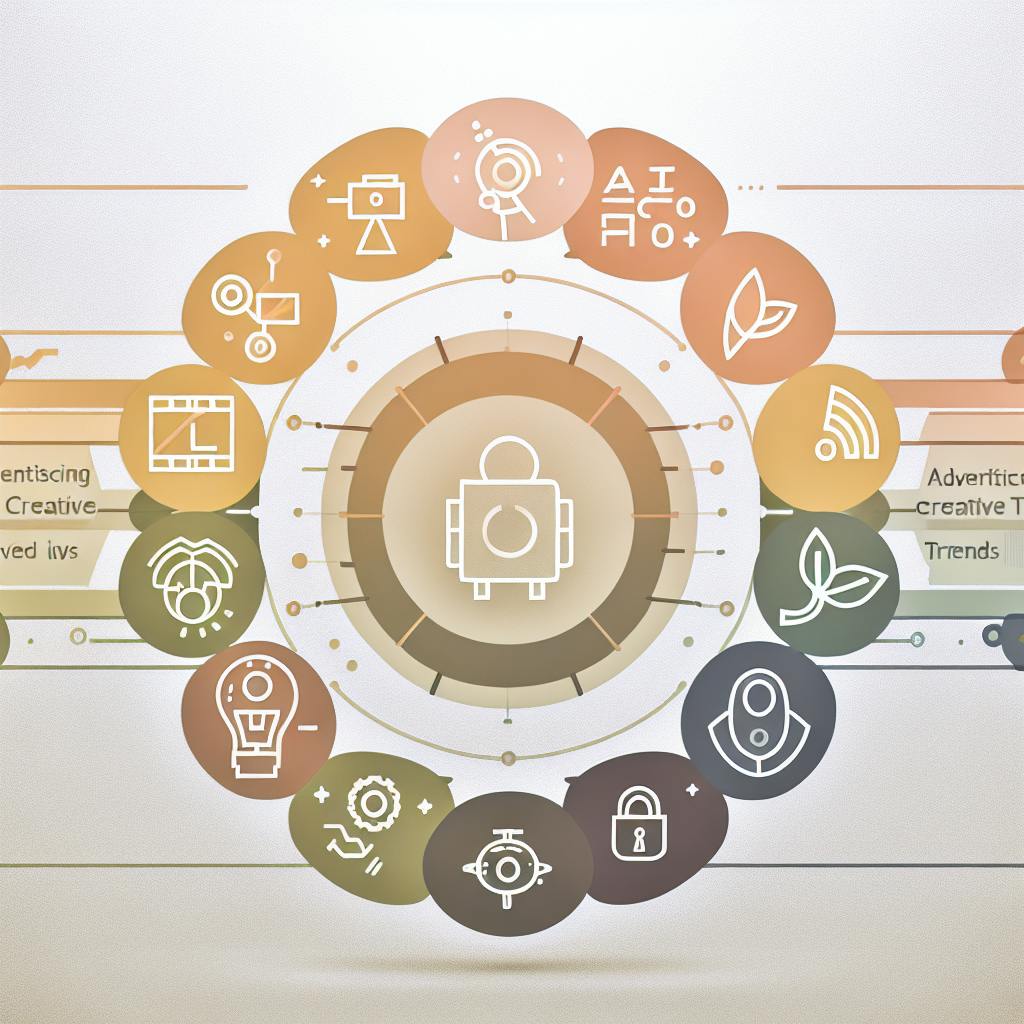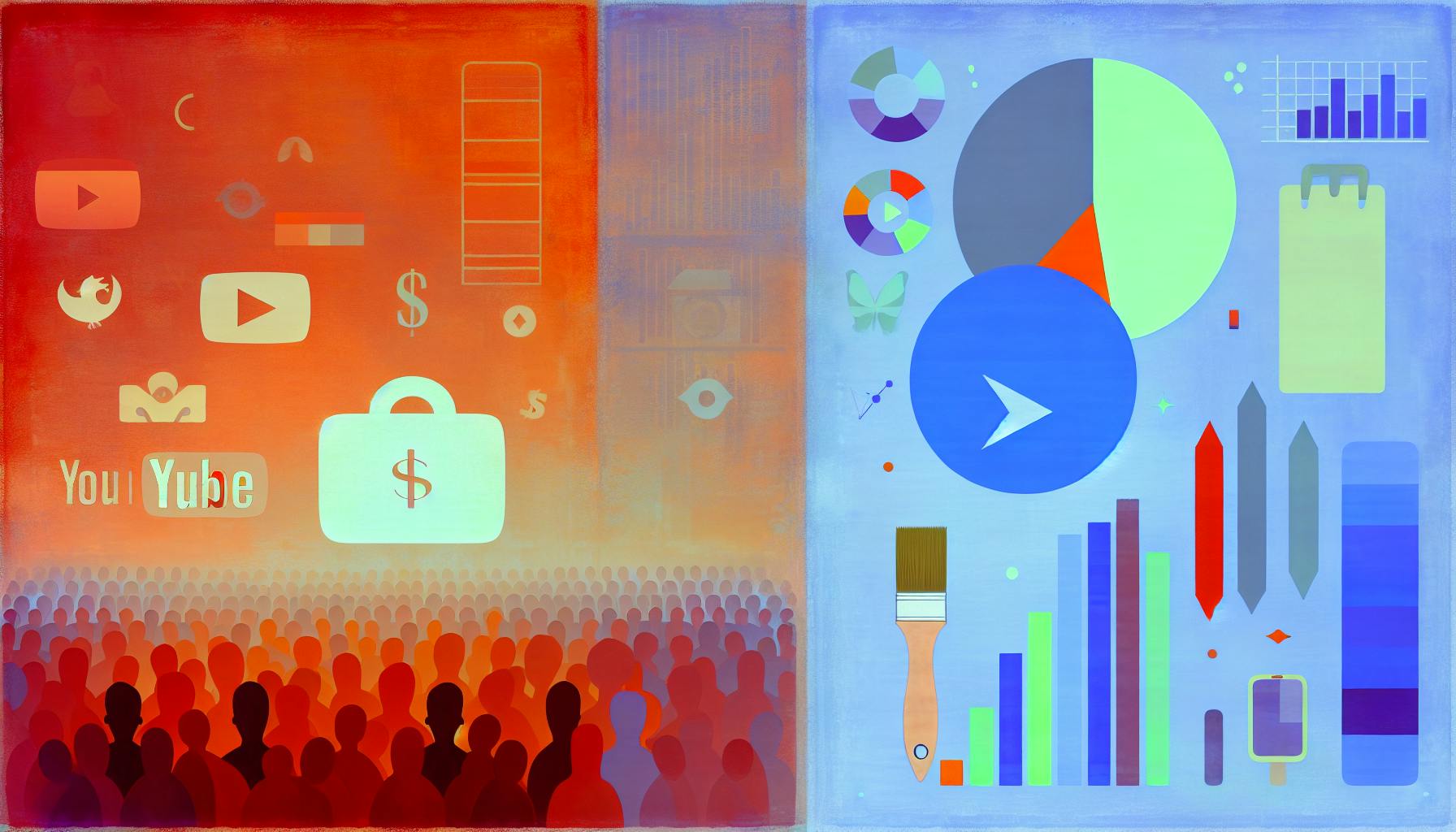Frame-by-frame animation remains a powerful storytelling tool in 2024. Here are 10 key techniques:
- Hand-Drawn Animation
- Digital Frame-by-Frame
- Rotoscoping
- Cut-Out Animation
- Paint-on-Glass
- Sand Animation
- Pixilation
- Claymation
- Whiteboard Animation
- Mixed Media Frame-by-Frame
While time-consuming, these techniques produce visually striking results that captivate audiences across industries.
Related video from YouTube
1. Hand-Drawn Animation
Hand-drawn animation involves creating each frame individually. The process includes:
1. Concept and Storyboarding
Develop your idea and create a storyboard.
2. Character Design
Create model sheets for consistency.
3. Drawing Frames
Sketch each frame on paper or digitally.
4. Inking and Coloring
Clean up sketches and add color.
5. Background Creation
Design backgrounds to enhance scenes.
6. Compositing
Layer characters over backgrounds.
7. Post-Production
Add sound and finalize the animation.
Digital tools have streamlined this process, but core principles remain. Many now use tablets and software like Rough Animator or Krita.
Hand-drawn animation offers unique charm. Studio Ghibli's "Spirited Away" showcases its power. Disney's "The Princess and the Frog" was their last fully hand-drawn feature.
"Animation is notorious for requiring painstaking attention to detail and taking an extraordinary amount of time to produce." - Coleen Baik
Set manageable goals and focus on learning rather than perfection when starting out.
2. Digital Frame-by-Frame
Digital frame-by-frame animation uses computers to create animations more efficiently than traditional methods. Popular software includes:
| Software | Type | Pricing |
|---|---|---|
| Adobe Animate | Vector animation | $22.99/month |
| Toon Boom Harmony | 2D rigging and cut-out | Starts at $28.50/month |
| Moho Pro | 2D animation | $399.99 (one-time) |
| Pencil2D | Beginner-friendly | Free |
| OpenToonz | Professional-grade | Free |
Adobe Animate has been the industry standard for vector animation for over 20 years.
Tips for beginners:
- Start with basic movements to learn the tools.
- Organize layers for clarity.
- Master timing and movement.
- Use keyframes for smooth transitions.
Digital frame-by-frame offers:
- Faster editing and frame manipulation
- Precise control over elements
- Undo/redo options
- Easy integration of various elements
While digital methods provide flexibility, they still require skill and time.
Freelancer rates vary based on experience:
| Level | Day Rate (USD) |
|---|---|
| Junior | $150-250 |
| Mid-Level | $250-500 |
| Expert | $500-1000 |
Digital frame-by-frame combines artistic expression with modern efficiency.
3. Rotoscoping
Rotoscoping involves tracing over live-action footage to create realistic animated sequences. The process:
- Film live-action footage
- Import footage into animation software
- Trace over each frame
- Refine and add details
Rotoscoping dates back to Max Fleischer in 1915. Modern tools offer features like:
| Feature | Description |
|---|---|
| Automatic object detection | Algorithms to track moving objects |
| Keyframe animation | Create key poses with software interpolation |
| Vector-based tracing | Scalable outlines |
| Layer management | Organize animation elements |
Popular software: Adobe After Effects, Silhouette FX, Mocha Pro, Nuke
Notable uses:
- "A Scanner Darkly" (2006)
- "Snow White and the Seven Dwarfs" (1937)
- Original "Star Wars" lightsaber effects
"Rotoscoping is useful as a guide, but if followed too closely, the results can be very strange." - Richard Williams
Tips:
- Start simple
- Use multiple layers
- Focus on timing and easing
- Experiment with stylization
4. Cut-Out Animation
Cut-out animation uses flat images manipulated frame-by-frame. It dates back to "The Adventures of Prince Achmed" (1926).
Traditional vs. Digital Cut-Out:
| Traditional | Digital |
|---|---|
| Physical materials | Digital tools |
| Limited by physics | More complex movements |
| Hard to change | Easy to edit |
| Unique tactile quality | Flexible style options |
Process:
- Sketch characters/props
- Cut out elements
- Assemble pieces
- Set up camera
- Move elements frame-by-frame
- Capture frames
- Edit and compile
Benefits:
- Cost-effective
- Fewer drawings needed
- Easy character revisions
- Unique visual style
"South Park" uses digital cut-out techniques. Honda's 2010 "Paper" ad showcased traditional cut-out in advertising.
"Cut-out animation is a great way for beginners to start learning about animation due to its simplicity and low cost." - Katherine Manaog
Cut-out offers an accessible way to bring ideas to life.
5. Paint-on-Glass
Paint-on-glass animation creates fluid, dreamlike visuals by painting directly on glass. Aleksandr Petrov's "The Old Man and the Sea" (1999) won an Oscar using this technique.
Process:
- Set up light box with glass surface
- Apply slow-drying paints
- Paint scene using fingers/tools
- Capture frame
- Modify for next frame
- Repeat
Petrov spent 3-8 seconds of animation time per day on complex sequences.
"I wanted the whole image to move, to live – even when there wasn't camera movement." - Aleksandr Petrov
Notable paint-on-glass animators:
| Animator | Work | Year |
|---|---|---|
| Caroline Leaf | The Street | 1976 |
| Martine Chartrand | Black Soul | 2000 |
| Miyo Sato | Fox Fears | 2016 |
Benefits:
- Organic movements
- Unique textures
- Real-time color blending
- Ethereal quality
To start:
- Get a light box and camera
- Experiment with paints
- Practice smooth transitions
- Begin with simple scenes
Paint-on-glass produces striking results that stand out in frame-by-frame animation.
sbb-itb-bc761f5
6. Sand Animation
Sand animation creates fluid images by manipulating sand on a lightbox. Invented by Caroline Leaf in 1968, it offers unique textures and transitions.
Process:
- Set up lightbox
- Spread sand on surface
- Create images with hands/tools
- Capture frame
- Modify sand slightly
- Repeat
Advantages:
- Textural gradients
- Distinct monotone palette
- Smooth scene transitions
Notable sand animators:
| Animator | Work | Year |
|---|---|---|
| Caroline Leaf | Sand, or Peter and the Wolf | 1968 |
| Eli Noyes | Sandman | 1973 |
| Co Hoedeman | The Sand Castle | 1977 |
Modern techniques blend traditional and digital methods:
"I found the potential of the medium had transformed along with the digital tools I now used." - Corrie Francis Parks
To try sand animation:
- Start small
- Experiment with textures
- Practice smooth transitions
- Begin with simple shapes
Sand animation offers a unique way to create captivating visuals.
7. Pixilation
Pixilation animates real people and objects through stop-motion. It creates surreal movements like sliding or flying.
Process:
- Set up fixed camera
- Have actors move slightly
- Capture photo
- Repeat for sequence
Norman McLaren's "Neighbours" (1952) won an Oscar using pixilation. Peter Gabriel's "Sledgehammer" (1986) music video combined pixilation with traditional stop-motion:
| Aspect | Details |
|---|---|
| Director | Stephen R. Johnson |
| Awards | 9 MTV Music Video Awards (1987) |
| Techniques | Pixilation + stop-motion |
To try pixilation:
- Use a stop-motion app
- Start simple
- Be patient - 1 minute can take 2 hours
"Time to step away from the stop motion animation stage and animate real people in the real world!" - Michael Parks
Pixilation creates eye-catching animations without expensive equipment.
8. Claymation
Claymation uses malleable materials like plasticine for stop-motion animation. It's time-intensive but visually striking.
Key points:
- Materials: Oil-based clay (stays pliable)
- Process: Sculpt characters, move slightly between frames
- Time: About 12 adjustments per second of film
Aardman Animations ("Wallace & Gromit") uses "Aardmix" based on Newplast modeling clay.
| Essentials | Details |
|---|---|
| Clay type | Non-hardening, oil-based |
| Tools | Wire armatures, camera, tripod, lighting |
| Software | Stop-motion program |
| FPS | Typically 12-24 |
To try claymation:
- Start small
- Plan with storyboards
- Be patient
Famous claymation films:
- "Chicken Run" (2000)
- "Coraline" (2009)
- "The Boxtrolls" (2014)
Claymation offers a unique aesthetic that continues to captivate audiences.
9. Whiteboard Animation
Whiteboard animation explains concepts through hand-drawn visuals unfolding on screen. It simulates drawing on a whiteboard, often with narration.
Key aspects:
- Origin: YouTube, 2009
- Process: Combines drawing and digital tools
- Length: 90 seconds to 2 minutes
- Production time: 5-6 weeks (professional)
Uses:
- Explainer videos
- Product demos
- Training materials
- Marketing
Creation process:
- Write script
- Develop storyboard
- Choose tools
- Record/animate drawings
- Add voiceover/music
- Edit and finalize
Popular software: Sparkol VideoScribe
| Feature | Details |
|---|---|
| Platforms | Mac, PC, iOS |
| Free trial | 7 days |
| Monthly cost | $35 |
| Yearly cost | $14/month |
"The video will only be as successful as the story is. If you want to make a really compelling video, it has to begin with a great script." - William Warren
Tips:
- Start short
- Focus on one main idea
- Use visual contrast
- Test and refine
Whiteboard animation continues evolving, with trends like interactive elements expanding its possibilities.
10. Mixed Media Frame-by-Frame
Mixed media frame-by-frame blends different materials and techniques for visually rich animations.
Key aspects:
- Combines photos, videos, illustrations, various animation styles
- Merges 2D and 3D animation
- Uses physical objects and digital tools
To start:
- Choose materials
- Plan with storyboards
- Select software for each technique
- Experiment with tools/textures
"Use non-hardening plasticine clay for stop motion elements. It's easy to work with and allows for quick adjustments." - Kaho Yoshida
Techniques to try:
| Technique | Description | Tools |
|---|---|---|
| Collaging | Add texture with paper scraps | Magazines, newspapers |
| Stenciling | Create specific shapes | Cardboard, paint |
| Image transfers | Add personal images/text | Transfer medium, prints |
| Mark-making | Create unique textures | Upcycled items, organic materials |
Blender's Grease Pencil tool combines 2D and 3D elements:
"Blender's Grease Pencil allows you drawing directly in the 3D scene, so everything stays in one place." - Andry "Dedouze"
Mixed media offers endless creative possibilities in frame-by-frame animation.
Conclusion
Frame-by-frame animation remains powerful in 2024, offering unparalleled control and artistic freedom. It continues evolving with technology while maintaining core principles.
Key takeaways:
- Start simple
- Master timing and spacing
- Embrace digital tools
- Experiment with techniques
- Study the greats
While time-consuming, frame-by-frame animation often yields impressive results. It's used across industries, opening doors to various creative opportunities.



